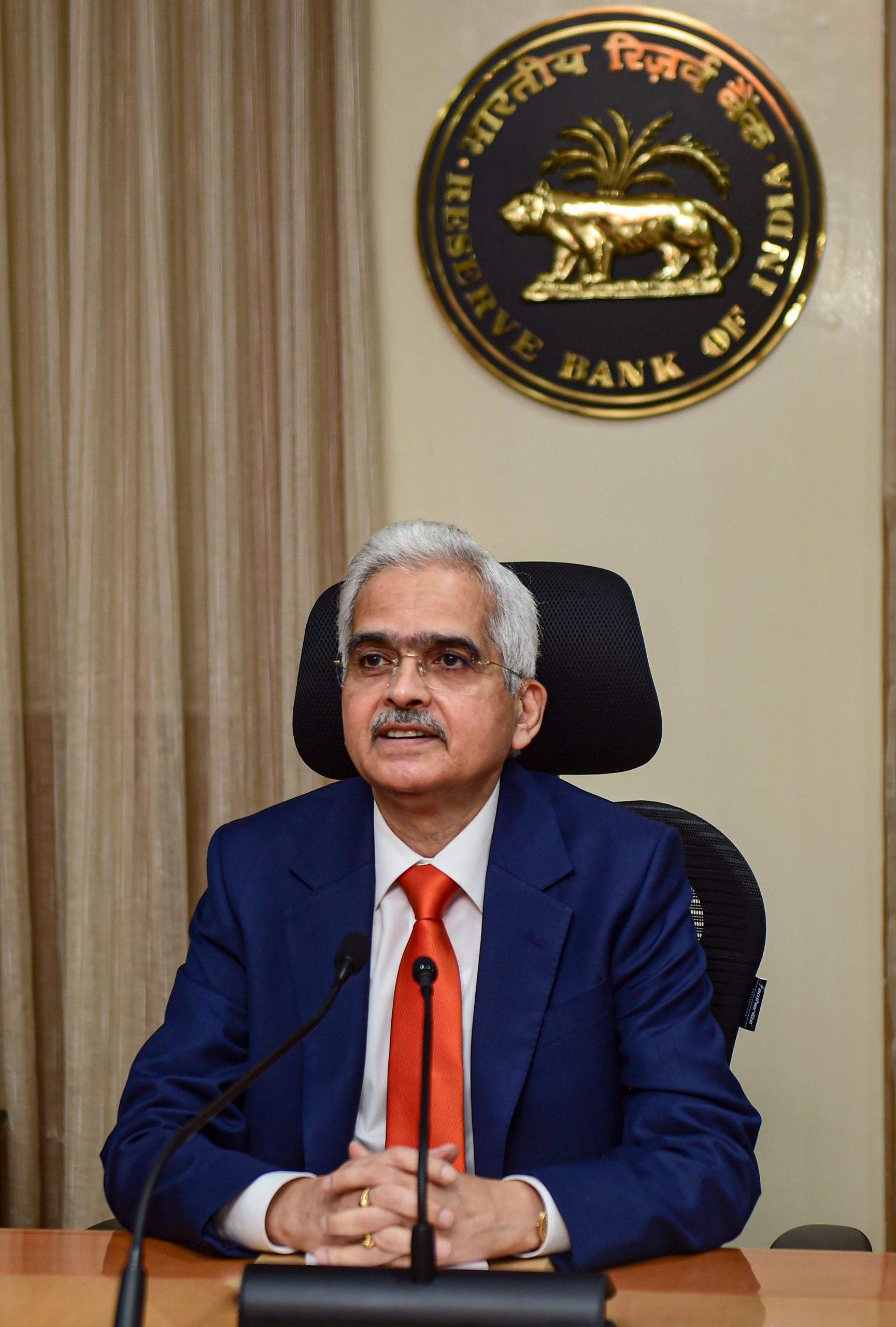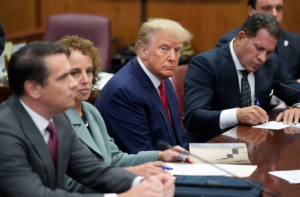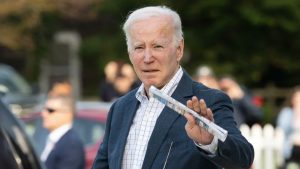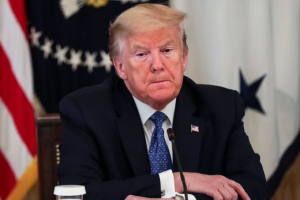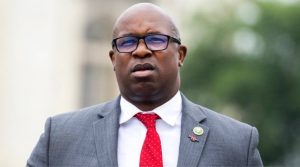India is likely to be among the fastest-growing major
economies this financial year, geopolitical turbulence notwithstanding, Reserve
Bank of India’s Shaktikanta Das said in the minutes of the central bank’s
monetary policy meeting held last month.
On September 30, the six-member Monetary Policy Committee (MPC), headed by Das, hiked the short-term lending rate for the third straight time by
50 basis points to take the repo rate to 5.9%. In May, the repo rate was raised
by 40 basis points.
Except for Ashima Goyal, who favored a 35 basis points
hike, the other five members had voted for a 50 bps hike in the repo rate.
Also Read | RBI MPC meet: How a repo rate hike will impact your money
According to the minutes of the MPC meeting released by RBI
on Friday, Governor Das had said that economic activity was steadily improving,
though there were mixed signals. High-frequency indicators are showing
continued momentum in activity and global factors are putting pressure on
external demand.
The Governor said the growth projection of 7% for the
financial year 2022-23, therefore, carries risks that are badly balanced.
Whatever the upcoming scenario, India is expected to be among the
fastest-growing major economies in the world.
Also Read | Why has Decathlon reversed its name to Nolhtaced in Belgium?
“The future trajectory remains clouded with
uncertainties arising from continuing geopolitical conflicts, the possibility
of further supply disruptions, volatile financial market conditions, and
domestic weather-related factors,” Das said.
“The need of the hour is calibrated monetary policy
action, with a clear understanding that it is required for sustaining our
medium-term growth prospects,” he added.
The increase repo rate was necessary to combat inflationary
risks, said minutes released on Friday.
Also Read | India wholesale price-based inflation eases to 10.7% in September
RBI Deputy Governor and MPC member Michael Debabrata Patra
emphasized that monetary policy has to perform the role of nominal anchor for
the economy as it charts a new growth trajectory.
The focus should be on being time consistent in aligning
inflation with the target, Patra said.
“In this context, front-loading of monetary policy
actions can keep inflation expectations firmly anchored and balance demand
against supply so that core inflation pressures ease,” he added.
Also Read | Elon Musk under investigation over $44 billion takeover deal, says Twitter
Shashanka Bhide also said to align the inflation expectations
with the policy target of inflation, further increase in policy rates is
necessary at this juncture.
On the other hand, some members warned that while the rate
action is necessary to control inflationary risks, relentless monetary
tightening may not be appropriate.
Ashima Goyal said the MPC must move “very carefully” now
that forward-looking real interest rates are positive. She warned that if
lagged effects of monetary policy are large, as in India, overreaction can be
very costly.
Also Read | Why interest rates are being hiked globally?
Most analysts were arguing for a 50 bps rise in the repo
rate just to preserve a spread with US policy rates. This is a “fear-driven
over-reaction,” Goyal said.
According to external member Jayanth Varma, the MPC should
raise the policy rate to 6% and then pause because monetary policy acts with
lags. It may take 3-4 quarters for the policy rate to be transmitted to the
real economy, and the peak effect may take as long as 5-6 quarters.
Also Read | RBI MPC meet: How a repo rate hike will impact your money
“If we were to continue to tighten without a reality check,
we would run the risk of overshooting the repo rate needed to achieve price
stability. In my view, it is dangerous to push the policy rate well above the
neutral rate in an environment where the growth outlook is very fragile,” Varma
added.
Another member Rajiv Ranjan said in the current
macroeconomic mix, while a rate hike was imminent, the choice between a 35 to
50 bps was “a close call.”
Also Read | Current global crisis and hyperinflation in post-World War I Germany
However, monetary policy has to persevere with its exit
from accommodation to ensure that calibrated policy rate hikes dampen inflation
expectations and firmly establish our commitment to price stability, he added.
This would help achieve the optimal mix of growth and
inflation which will set the foundations for a high growth trajectory over the
medium term, said Ranjan.
Also Read | IMF calls India’s direct-benefit-transfer scheme a ‘logistical marvel’
The RBI, which has been directed to ensure retail inflation
remains at 4% (with a margin of 2% on either side), has failed to meet the
target for three consecutive quarters, and now will have to submit a report in
this regard to the government.

